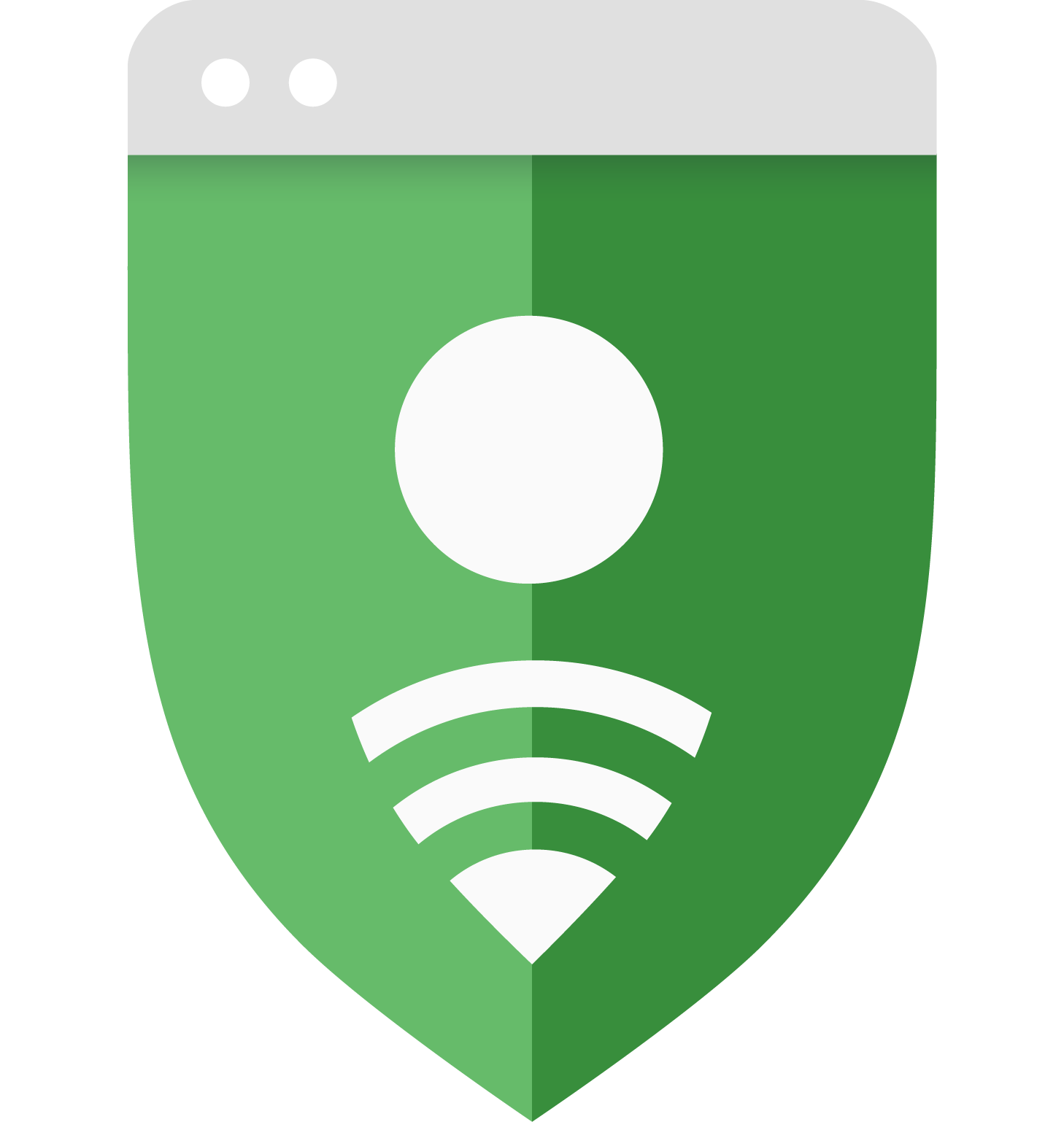為什麼 Google 要為這個網頁提供建議?
我們希望使用者能夠放心搜尋網頁,我們也不斷努力識別危險網頁並加強保護使用者。Google 會使用自動演算法和使用者意見列出可能有害的網站清單,我們的清單主要包含社交工程、惡意軟體和垃圾軟體網頁三個主要類型。 開發人員可以透過安全瀏覽服務,查看有安全疑慮的網頁清單。這些清單無法完全保護網路上所有危險網站的使用者,有時難免會發生將安全網站誤判為危險網站,不過我們會定期更新清單,盡可能讓這些網站保持最新狀態。
社交工程 (網路釣魚和詐欺網站)
社交工程攻擊是指網路使用者因受騙而在線上從事危險行為時。社交工程內容可能出現在網站上,也可能是透過網站的內嵌資源 (例如圖片、廣告或其他第三方元件) 顯示。
網路釣魚是社交工程的一種攻擊,在這類攻擊中,網頁會透過偽裝的手法要求您提供個人或財務資訊。如要進一步瞭解網路詐騙,請前往 Antiphishing.org。
其他類型的欺騙內容 (例如廣告謊稱裝置軟體過舊),可能會誘騙使用者安裝垃圾軟體。
如果您認為我們遺漏了社交工程網頁,可以透過檢舉網路釣魚頁面回報這個問題。如果你認為我們誤將某個網頁納入網路釣魚清單,可以透過回報錯誤的網路釣魚警告來回報。
惡意軟體
惡意軟體是一種軟體,會試圖竊取個人資訊或使用電腦執行您想要的行為。惡意軟體網頁是含有惡意程式碼的網頁,這些惡意程式碼會在未經您同意的情況下下載並安裝在您的電腦中。如要進一步瞭解病毒和其他惡意軟體等有害網頁內容,以及如何保護電腦,請前往 Google 搜尋中心。
- 如果您認為遺漏了惡意軟體網頁,可以用檢舉惡意軟體機制回報。
垃圾軟體
Google 深信,只要以使用者為中心,一切就會水到渠成。我們在《軟體規範》中提供了一般建議,說明何種條件的軟體可提供良好的使用者體驗。我們的垃圾軟體政策會針對這些一般建議提供一份基本標準清單,協助使用者瞭解網路上的軟體。違反這些原則的軟體都可能對使用者體驗造成負面影響,而我們會採取適當措施保護使用者。

